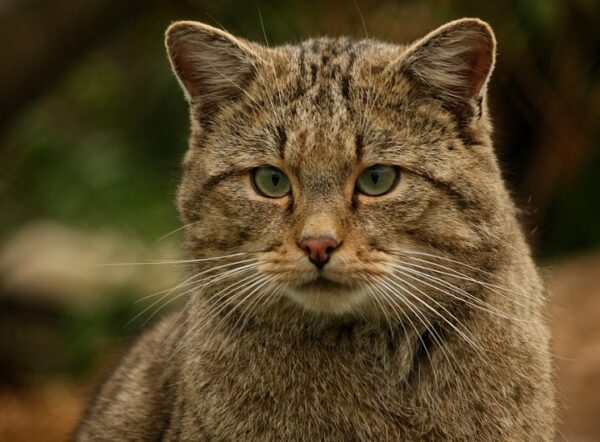It is not easily seen, in fact it is so shy that many believe it is actually a legend. But has anyone ever really seen the “wild cat of Etna”? Yet this feline not only exists but is the “king” of the territory, precisely on the basis of its furtive, rapid and hidden movements. Very few locals have been lucky enough to see it in action (some have only met him twice in 40 years!). Less than ever it happened to tourists. Yet you could be the lucky ones, especially if you go on a hike on the volcano – accompanied by your guides – at sunset. Magical moment for colors and sensations… and for those special encounters to have.
 The cat that rules on Etna
The cat that rules on Etna
The European wild cat has seriously risked becoming extinct in the past, not for violent reasons but due to its excessive mixing with domestic cats. This species was saved only thanks to some “hidden” corners of the continent where this feline managed to maintain its pure DNA. Mount Etna is one of these corners.
Apparently there is no great difference in characteristics between the domestic cat and the wild one, but it is small details that underline the particularity of the latter. Colour, for example. The wildcat tends to have a gray to black coat, with little or no shading. Most often it has brindle designs. Sometimes it has smaller, spaced and rounded ears, it certainly has much more developed whiskers and a slightly flatter muzzle than that of the traditional cat.
Compared to the domestic cat, the wild cat is much more wary and independent. Etna’s wild cat lives between 1200 and 1800 metres of altitude, therefore also accustomed to the harsh winter climate which it faces by hiding among the warm lava rocks. The wild cat is carnivorous and usually breeds in spring, with kittens immediately able to tackle the rugged terrain.
How did it get here?
It is not well known how this fascinating feline arrived on Etna. It probably followed the path of the European wildcat, which arrived on the continent via Africa and Asia. The differences between African wild cats, more similar to the lynx, and European ones show how these little animals have been on our continent for millennia. In fact, they have developed characteristics that allow them to adapt to the European climate. The Etna wild cat descends from this species, but it is possible that it has also mixed over time with domestic cats “released” on the volcano.
How to behave if you meet the wild cat of Etna
The wild cat of Etna is an animal that belongs to a subspecies of the most widespread European wild cat. It is therefore a beautiful wild animal, free in nature, which knows well how to deal with the territory. It is not easy to spot it, but if you do see it, it is unlikely that it will get much closer.
Don’t try to gain its trust with morsels of food or coaxing. Wild animals must remain wild and always be able to provide food and shelter for themselves.
You can always photograph it, if it ever allows you to!, and share with everyone the immense fortune of having met it. But you must not under any circumstances interfere with its walk or habits.